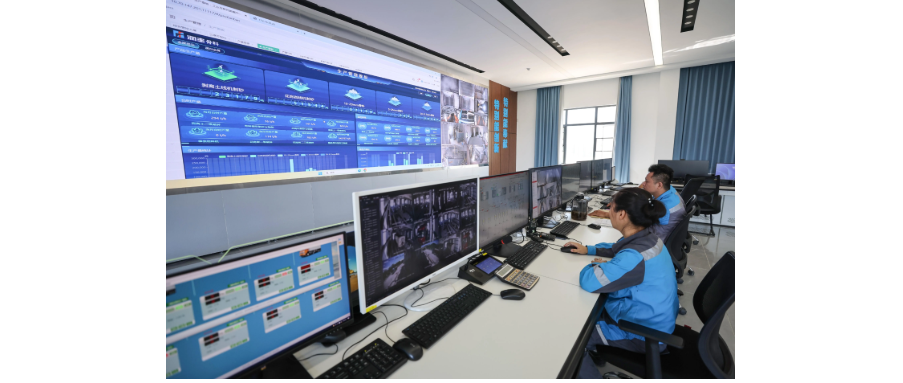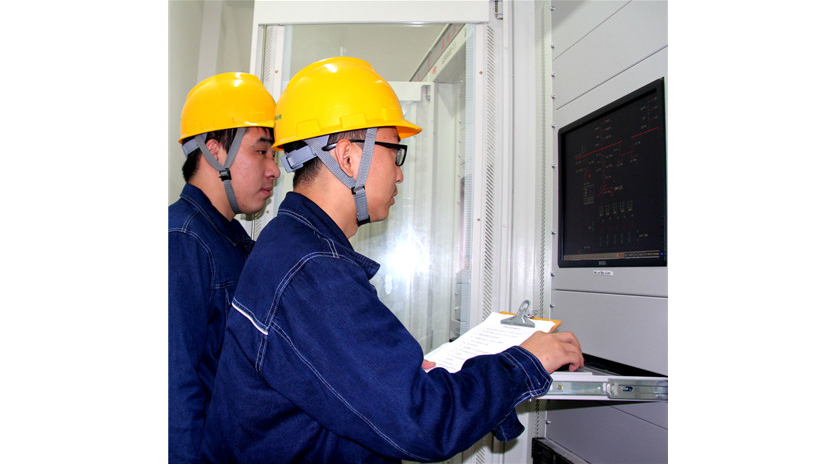Research on Power Quality Issues and Control Technologies at Distribution Transformer Terminals in PV Charging Stations
Dyson
06/24/2025
Focused on the design of electrical equipment, proficient in electrical principles and relevant specifications, and skilled in using design software. From intelligent substations to various types of electrical equipment, I am adept at optimizing design solutions, integrating new technologies. With practical experience and collaborative management capabilities, I deliver outstanding electrical design achievements.
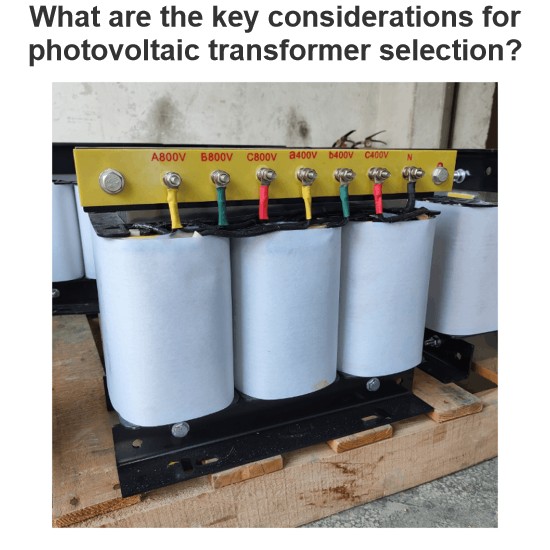
What are the key considerations for photovoltaic transformer selection?
Sizing Principles and Technical Parameters of Photovoltaic TransformersSizing photovoltaic transformers requires a comprehensive consideration of multiple factors, includingcapacity matching, voltage ratio selection, short - circuit impedance setting, insulation class determination, and thermal design optimization. The key sizing principles are as follows:(I) Capacity Matching: Fundamental for Load BearingCapacity matching is thecore prerequisitein sizing photovoltaic transformers. It requires a
Echo
06/27/2025
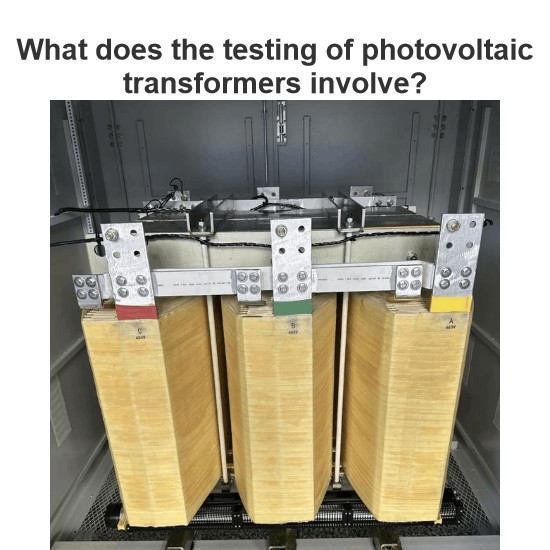
What does the testing of photovoltaic transformers involve?
1. Specificities and Testing Requirements of Photovoltaic TransformersAs a new energy systems technician, I recognize photovoltaic transformers' unique design and application traits: Inverter - output AC carries abundant 5th/7th - order odd harmonics, with PCC harmonic current distortion reaching 1.8% (higher voltage distortion under low load), causing winding overheating and accelerated insulation aging. Photovoltaic systems use TN - S grounding, requiring reliable N - phase output from the sec
Oliver Watts
06/27/2025
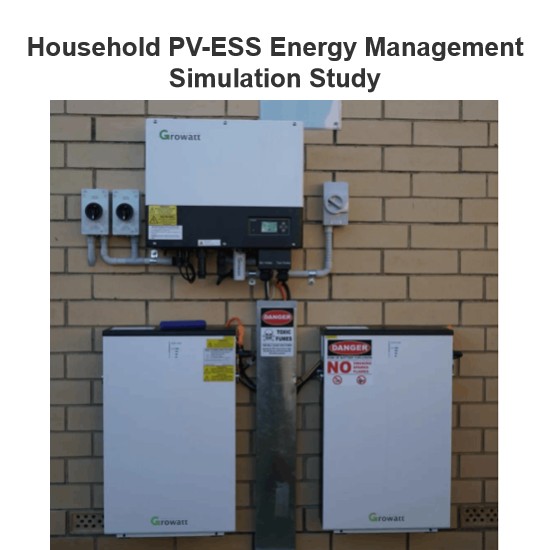
Household PV-ESS Energy Management Simulation Study
As the global energy crisis worsens and environmental pollution grows more severe, governments worldwide are boosting support for R&D in new energy power generation. The household use of solar distributed generation, a key next - phase direction for the PV industry, has gained increasing attention. However, issues like power output fluctuations of PV components and the rationality of energy storage unit integration can seriously affect household electricity use. Thus, to coordinate stable en
Dyson
06/26/2025
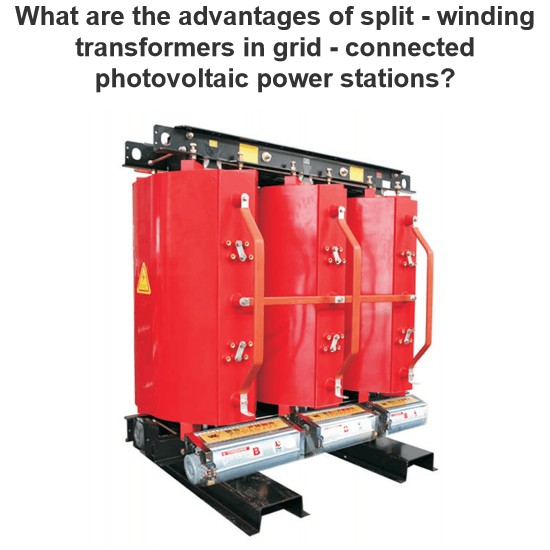
What are the advantages of split - winding transformers in grid - connected photovoltaic power stations?
Solar energy, as a clean and renewable energy source, is a key new energy supported in China. It has abundant theoretical reserves (17,000 billion tons of standard coal equivalent annually) and enormous development potential. Photovoltaic power generation, once mainly operating off - grid in remote areas, is now rapidly evolving towards building - integrated photovoltaics and large - scale desert - based grid - connected projects.This paper analyzes split - winding transformers in grid - connect
Echo
06/25/2025

